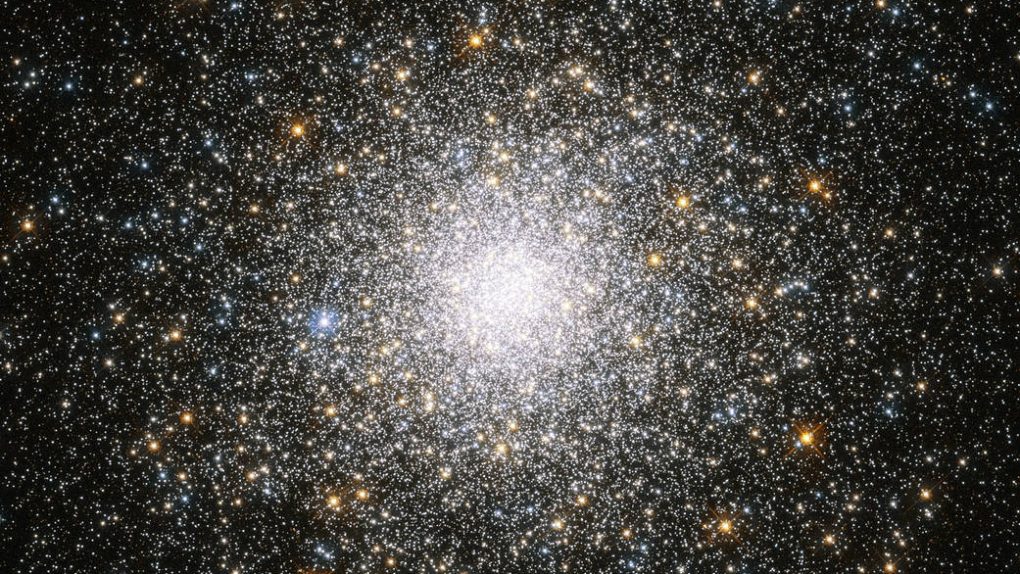- Astronomers discovered that old, massive galaxies tend to be messy and disorderly, and set out to explain why.
- Computer simulations revealed that large ancient galaxies have likely been swallowing up their smaller neighbors for billions of years.
- This case of “cosmic munchies” results in unpredictable movement and a messy appearance.
- Visit BGR’s homepage for more stories.
Thanks to high-powered telescopes, astronomers can peer into space and see distant galaxies of all shapes and sizes. Over the years, observations of many different galaxies have revealed some interesting trends, and explaining why those trends exist can teach us a lot about how our universe has evolved over billions of years.
In a new paper published in The Astrophysical Journal, researchers tackle an issue they often see in particularly large, old galaxies. Massive ancient galaxies have a habit of looking a bit messy from afar. Movement within them tends to be unpredictable. The researchers now believe they have an explanation.
By running simulations with models to show the evolution of such massive galaxies, the scientists discovered that the most likely explanation is that these ancient giants have been eating everything around them for so long that they’ve become somewhat messy.
“We found that in old massive galaxies – those around 10 billion light years away from us – things move around in lots of different directions,” Dr. Anshu Gupta of Australia’s ASTRO 3D said in a statement. “That strongly suggests that many of the stars within them have been acquired from outside. In other words, the big galaxies have been eating the smaller ones.”
When observing more distant, younger large galaxies, they appeared significantly more orderly than the ones which were known to be older. This, the researchers say, is due to the fact that they’ve had less time to swallow up their smaller neighbors. As time passes, they will eventually begin to appear more like their older, more disordered brethren.
“We then had to work out why ‘older’, closer big galaxies were so much more disordered than the ‘younger’, more distant ones,” Dr. Kim-Vy Tran, also of ASTRO 3D, explains. “The most likely explanation is that in the intervening billions of years the surviving galaxies have grown fat and disorderly through incorporating smaller ones. I think of it as big galaxies having a constant case of the cosmic munchies.”
Understanding how galaxies evolve over the long term can teach us a lot about our own galaxy and perhaps predict what the future may hold. We already know that the Milky Way is on a collision course with neighboring giant Andromeda. Thankfully, that won’t happen for several billion years. Studies like this one suggest that such mergers are common, and large old galaxies have been gobbling up their smaller counterparts for a long, long time.








